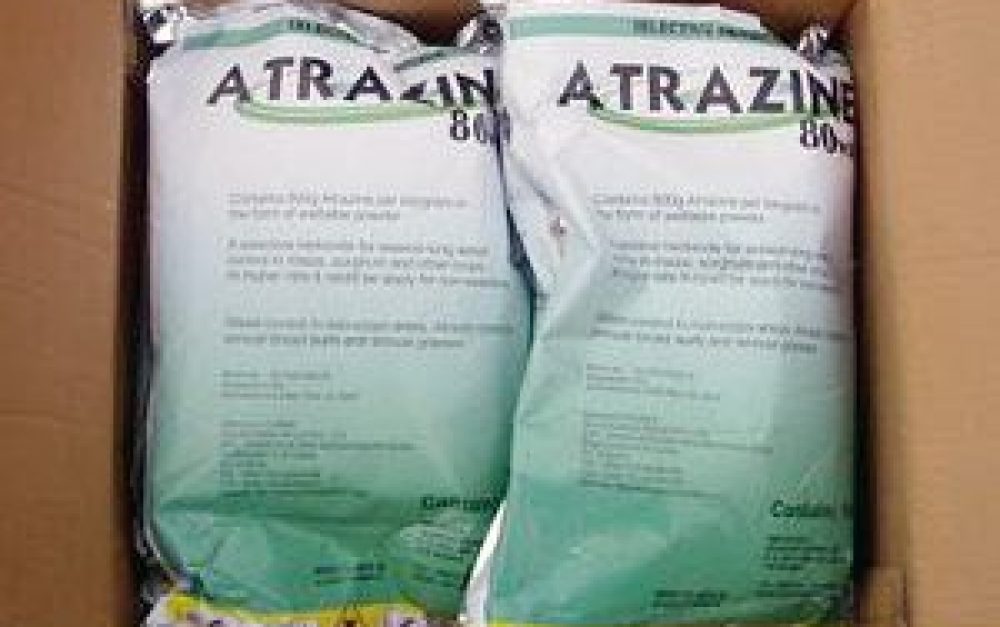Atrazine is in the news yet again, as a panel of independent scientists call into question EPA's conclusion that the widely used herbicide is "not likely to be a human carcinogen."
For several specific cancers — including ovarian, thyroid and non-Hodgkins lymphoma — there is clear "suggestive evidence" linking atrazine exposure to increased cancer risk, according to a recently released report. Citing these and other new findings, thousands of concerned citizens across the country are calling on EPA to follow the science, and discount misleading science sponsored by atrazine's maker, the Syngenta corporation.
Science keeps getting stronger
In minutes from the July meeting of the agency's independent Scientific Advisory Panel, panel members criticize the agency for grouping all types of cancers together and concluding there is negligible risk, when for ovarian, thyroid, non-Hodgkin's lymphoma and hairy-cell leukemia there is clear "suggestive evidence" of atrazine's cancer-causing potential.
For several other types of cancer, the science is insufficient to determine whether atrazine increases risk of cancer or not.
Meanwhile, a new study on hormone effects published in Environmental Science reports that women in agricultural communities in Illinois, the epicenter of nation’s corn belt where atrazine is used extensively, tend to have more irregular menstrual cycles than women living in rural communities where atrazine is sparingly used. The women in the study consumed atrazine in their water at levels well below the federal legal limit.
Independent science has already documented atrazine's links to birth defects, delayed puberty and infertility, as well as dramatic impacts on amphibians and other aquatic species.
Syngenta's shenanigans
As EPA closes another public comment period on the herbicide today, PAN delivered 5,444 signatures on a petition to EPA Director Lisa Jackson calling on the agency to discount misleading science sponsored by atrazine's producer, the Syngenta corporation.
Dr. Margaret Reeves, a senior scientist with PAN, highlights concern about the influence of such science in a press release circulated today:
Syngenta has misrepresented and obscured the science, leading federal officials and the scientific community astray as we look to understand the full scope of the atrazine problem.
Atrazine is found more often than any other pesticide in water supplies — almost 95% of U.S. groundwater contains the chemical. The weedkiller is one of the most widely used pesticides in the U.S. — and the world. More than 76 million pounds are used in the U.S. each year, mostly on Midwestern corn fields.
For Paul Sobocinski, a southwest Minnesota crop and livestock farmer and a member of the Land Stewardship Project, EPA's current review of atrazine hits close to home:
As farmers on the front line of chemical exposure we need EPA to make science-based decisions in the interest of our health, our family’s health and the health of our community. Unfortunately, EPA has a track record of allowing agrichemical companies like Syngenta to hijack the process with bad science.
Syngenta’s tactics to protect atrazine are nothing new. The company has intimidated scientists, pressured regulators and paid economists to manufacturer faulty studies in efforts to keep their flagship product on the market.







